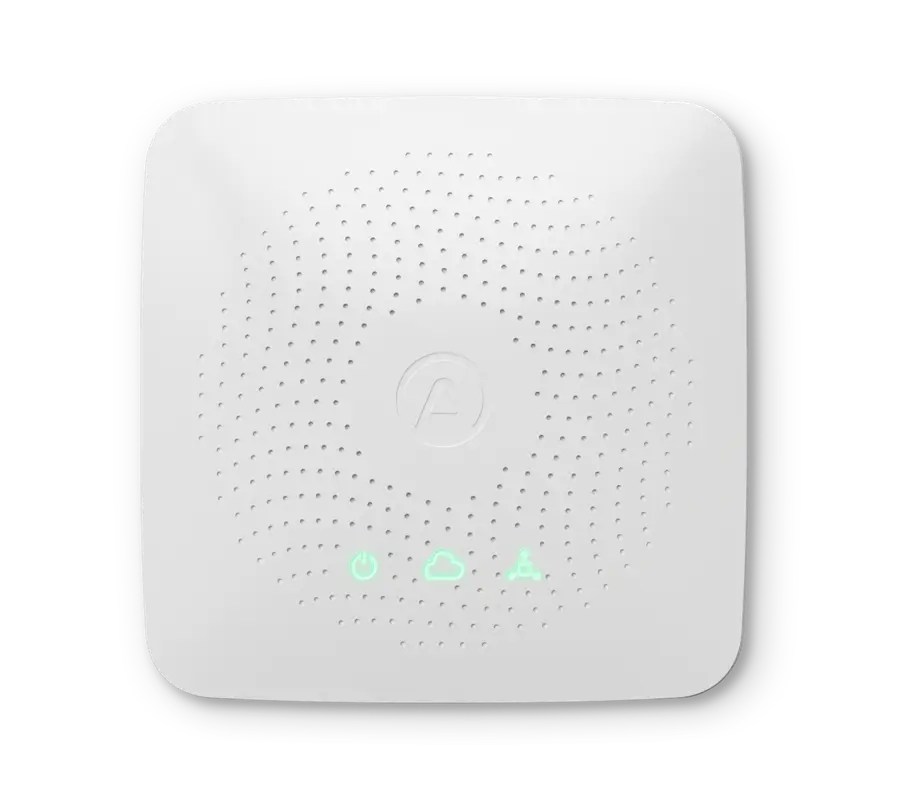Heat isn’t the only thing to consider.
Whenever there’s a heatwave, we often worry about heat exhaustion. We make sure our air conditioners are working, and we sometimes look for places to hide from the sun.
But what about the less visible effects?
Heatwaves can change the quality of the air we breathe in unexpected ways. This article outlines how and shares what you can do to improve indoor air quality.
In this blog:
- What are heatwaves?
- How do heatwaves affect air quality?
- How do I improve indoor air quality during a heatwave?
What are heatwaves?
There isn’t really a universal definition of what a heatwave is; different countries have varying standards.
In the US, it’s a period of abnormally hot weather that lasts for more than two days.1 In the UK, however, the Met Office declares a heatwave when it records at least three consecutive days with maximum temperatures exceeding a set threshold.2 This threshold varies by county.
Heatwaves occur when a system of high air pressure moves into an area and pushes warm air toward the ground, making it stay there for a prolonged period of time.3 The longer it stays in an area, the hotter the area becomes.
Are heatwaves becoming more common?
Yes, they are—and the main culprit is climate change.
According to the National Oceanic and Atmospheric Administration, the world’s temperature has risen by 0.14° Fahrenheit (0.08° Celsius) per decade since 1880.4
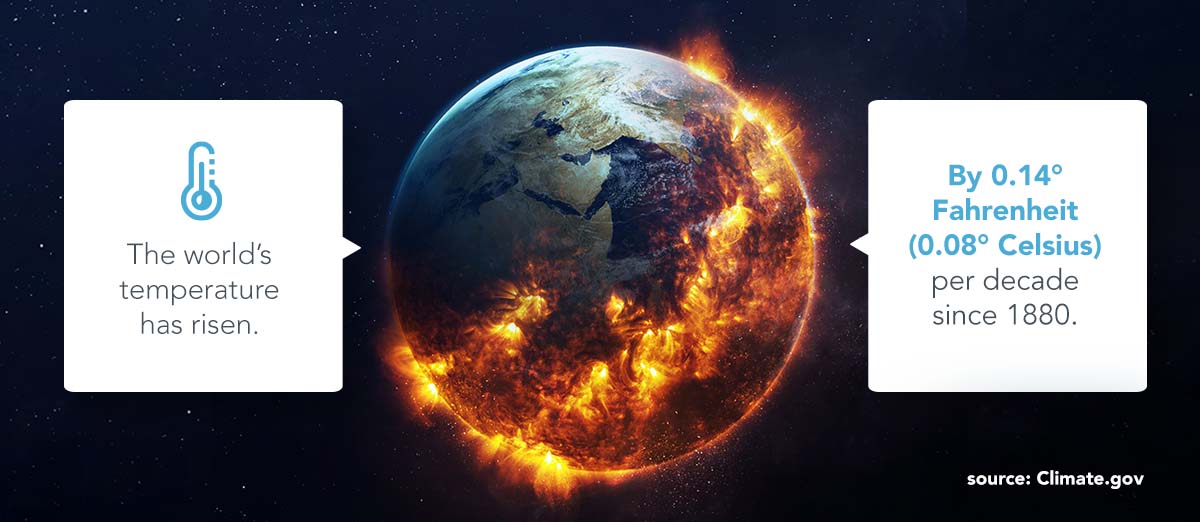
Greenhouse gases like carbon dioxide contribute to this by trapping the sun’s heat. This has led to more frequent and intense heatwaves, as well as other extreme weather events.
In fact, between 2000 and 2016, the number of people exposed to heatwaves has increased by approximately 125 million.5
How do heatwaves affect air quality?
Heatwaves have a major impact on indoor and outdoor air quality, which in turn affects your health and wellbeing.
According to a study from the University of Southern California, a person’s mortality risk increases by 21% on days when there’s both extreme heat and high air pollution.6 This is because heatwaves can increase the level of pollutants in your home.
In this section, we’ll provide some examples.
Heatwaves make smog worse
Heatwaves provide the perfect conditions for ozone pollution (which is more commonly known as smog).
As a pollutant, it can cause breathing problems such as shortness of breath, wheezing, and coughing.7
Smog forms when heat and sunlight interact with greenhouse gases like nitrous oxide and carbon monoxide. These chemical reactions happen even faster during a heatwave.8
Heatwaves increase levels of particulate matter
You might’ve noticed that whenever there’s a heatwave, there’s probably also a wildfire—especially in areas with lots of trees. That’s because hot and dry air increases the risk of sparks.9
Wildfire smoke impacts your health because it contains particulate matter (PM), a mixture of solid and liquid droplets suspended in the air. Because of the pollutant’s small size, it can enter your lungs and trigger throat inflammation, asthma attacks, and allergies.10
If you live near an area prone to wildfires, you may be exposed to higher levels of particulate matter.
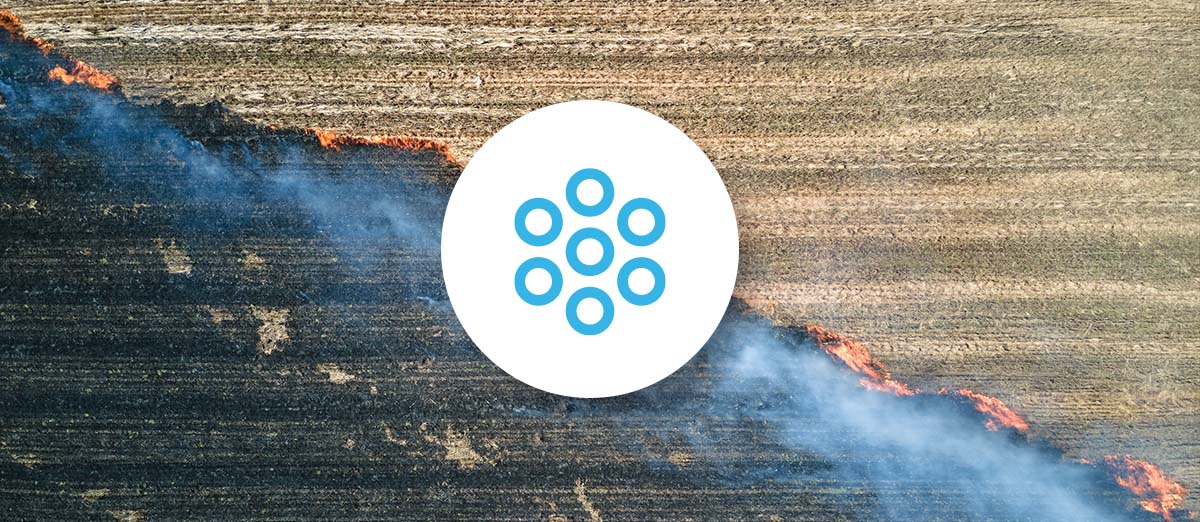
Heatwaves increase concentrations of airborne chemicals
Airborne chemicals (also known as VOCs) are a combination of gases and odors found in everyday products, such as cleaning detergents, toys, and furniture.
Some airborne chemicals can cause short-term headaches and skin irritation. In the long term, they can damage your central nervous system as well as other organs.11
This air pollutant is present in most homes, but during heatwaves, the release rate of toxic gases like formaldehyde tends to be faster.12 This means indoor concentrations will be higher, especially if you don’t have an efficient ventilation system at home.
Heatwaves can increase pollen count
Heatwaves can bring bad news to people who suffer from hay fever.
Hay fever is an allergic reaction triggered by pollen, which comes from certain types of plants and trees. When exposed to pollen, your body responds by releasing histamine, a chemical that triggers typical allergy symptoms like runny noses, water eyes, and so on.
Temperature plays a huge part in the release of pollen. Studies have shown that higher temperatures are associated with higher pollen counts13, which means you may have more intense and long-lasting hay fever symptoms.
Luckily, there is a plus side. If the temperature rises above 82.4°F (28°C), pollen levels will decrease.14
How do I improve indoor air quality during a heatwave?
Close your windows during the day
Closing your windows when it’s hot out will help you reduce the heat inside your home and keep pollutants, like ozone and particulate matter, out.
If you must open your windows, try to do so when the temperature outdoors is lower than the temperature indoors.
Clean and wipe down surfaces
When you enter your home, there’s a chance you’re carrying pollen from outside. Regularly cleaning and wiping down surfaces will help you limit the amount.
Washing your hair regularly and changing your clothes shortly after arriving home helps, too.
Avoid using fragranced household products
Many everyday products contain a handful of synthetic fragrances—ones that emit airborne chemicals are no exception. Using them in your living room, kitchen, or bedroom during a heatwave means you’re exposing yourself to higher concentrations of airborne chemicals.
Try your best to keep cleaning sprays, disinfectants, and deodorizers as separate from your living area as possible.
Invest in an air purifier
Air purifiers can help you filter out particulate matter, dust, and more.
Just be sure to get one with industry-standard HEPA filters. They work by drawing in air and passing it through dense, multilayer barriers of fibres that trap pollutants. And remember to replace them regularly, especially when you know your indoor air pollution levels are high.
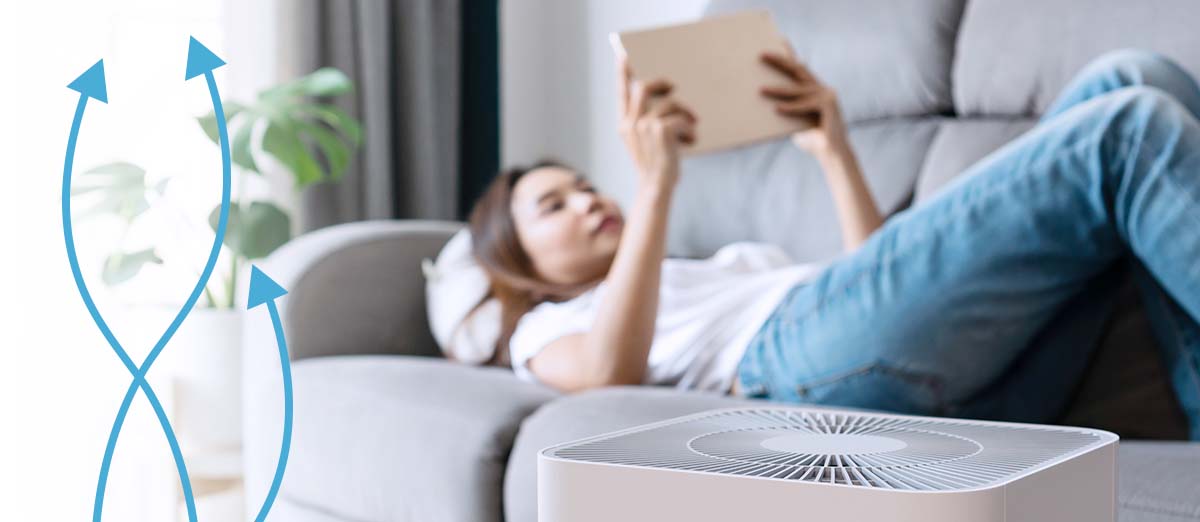
Continually monitor your indoor air quality
Keeping track of your indoor air quality is extremely important because the quality of the air we breathe changes constantly. When there’s a heatwave, you might want to check whether the heat is increasing the concentration of other pollutants in your home.
Airthings provides smart air quality monitors that measure a wide range of pollutants, like particulate matter and airborne chemicals, in real-time—giving you complete control and peace of mind.
Key takeaways
- In the US, a heatwave is a period of abnormally hot weather that lasts for more than two days. Definitions vary by country.
- Because of climate change, heatwaves are becoming more common.
- Heatwaves affect air quality by increasing the level of pollutants inside your home. These pollutants include particulate matter, ozone, airborne chemicals and pollen.
- There are many steps you can take to ensure better indoor air quality, like opening your windows at the right time, regularly cleaning indoor surfaces, and getting an air quality monitor.
Sources
- https://www.weather.gov/safety/heat-during
- https://www.bbc.co.uk/news/science-environment-61825371
- https://www.metoffice.gov.uk/weather/learn-about/weather/types-of-weather/temperature/heatwave
- https://www.climate.gov/news-features/understanding-climate/climate-change-global-temperature
- https://www.who.int/health-topics/heatwaves
- https://www.atsjournals.org/doi/abs/10.1164/rccm.202204-0657OC
- https://www.lung.org/clean-air/outdoors/what-makes-air-unhealthy/ozone
- https://news.harvard.edu/gazette/story/2016/04/the-complex-relationship-between-heat-and-ozone/
- https://www.who.int/health-topics/wildfires
- https://www.who.int/news-room/fact-sheets/detail/ambient-(outdoor)-air-quality-and-health
- https://www.lung.org/clean-air/at-home/indoor-air-pollutants/volatile-organic-compounds
- https://www.ncbi.nlm.nih.gov/pmc/articles/PMC7729884/
- https://www.thelancet.com/journals/lanplh/article/PIIS2542-5196(19)30015-4/fulltext
- https://www.metoffice.gov.uk/weather/warnings-and-advice/seasonal-advice/health-wellbeing/pollen/how-does-the-weather-affect-hay-fever










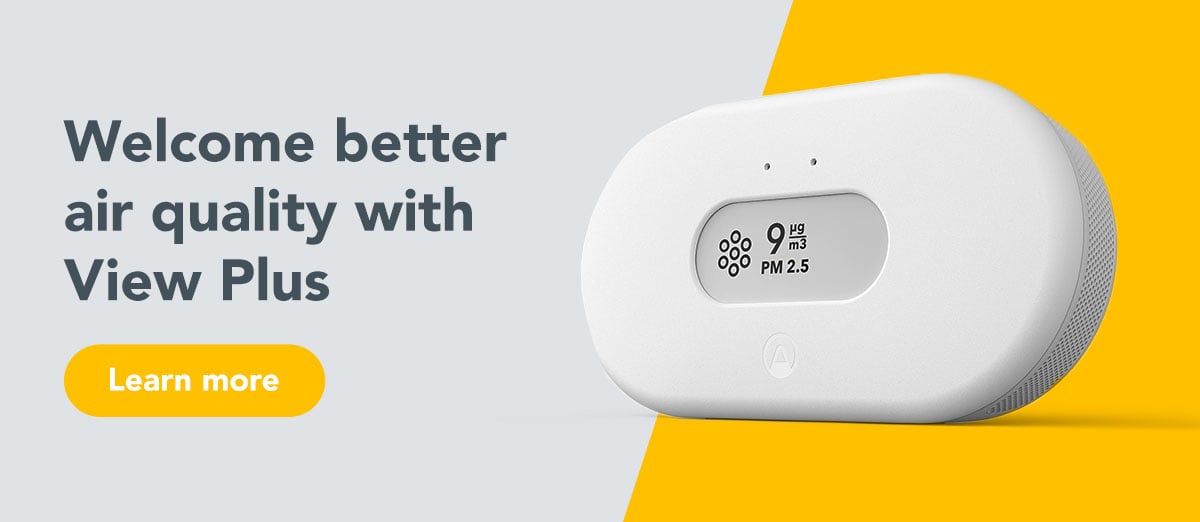
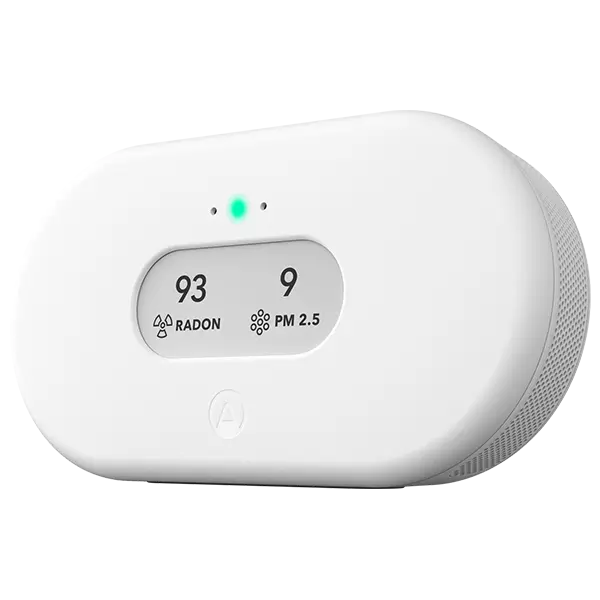

%20(1).webp)

%20(1).webp)
